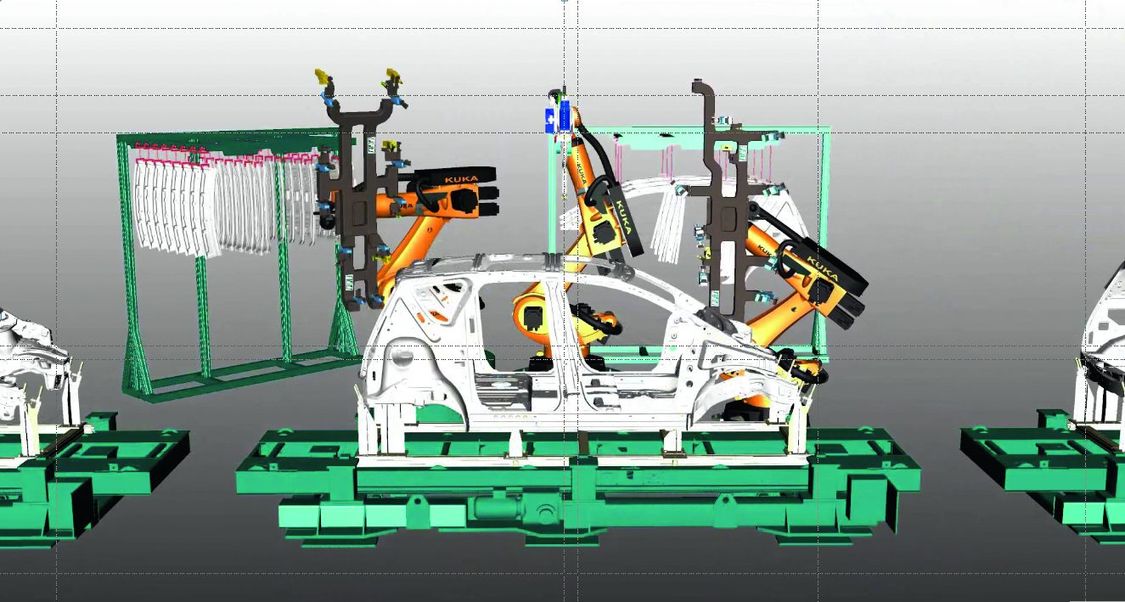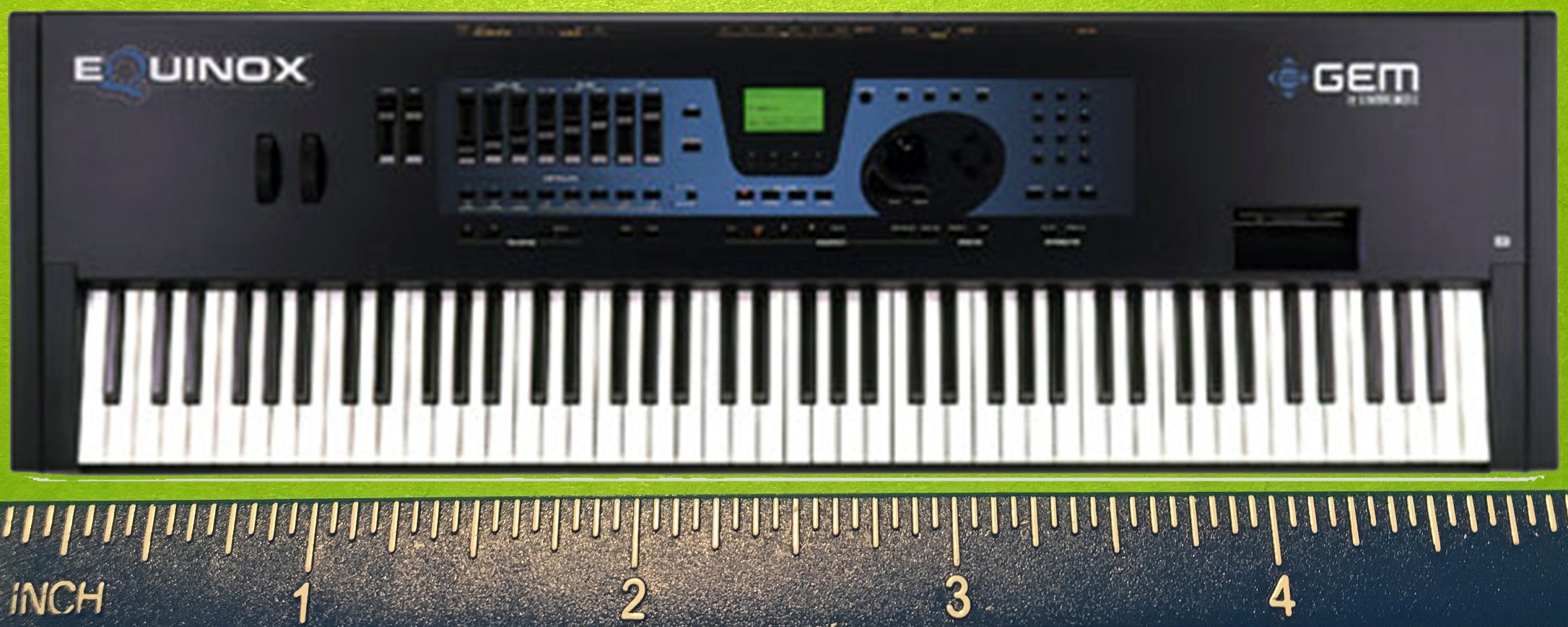
Selected segments of the audio can be downloaded in a lossless digital format and be used directly on your computer in your production environment. From the browser-based graphical user interface you can play back the recorded audio and you can also restore the synth engine’s state at the time of the play cursor.

The internal recorder enables you to capture the C15’s output signal with the best possible audio quality at any time, without connecting an audio interface. It’s really a clever implementation: Connect the browser-based UI, and you get this full-featured audio editor for the internal recorder.
#Hartmann neuron touchosc editor plus
Plus there’s also an internal recorder, so you can grab audio as you play – totally essential on this kind of machine.Īnd they’ve gone all-out with this feature. This is a double-sided USB device – USB on both sides, not MIDI DIN – and allows high-speed transport of MIDI messages. For a computer, Nonlinear Labs are also unveiling the MIDI Bridge – complete with more lovely wood and aluminum. That will work for connecting other hardware MIDI devices, at normal MIDI speeds. (Oh yeah… almost forgot, we even make one of those.) You can use any USB MIDI device and work with this. (Oh and no, MPE here is not applicable – 14-bit velocity is something entirely different and so makes more sense for this controller than MPE does.)īasically, for lay people – conventional MIDI can use high-resolution data. MIDI 1.0 even in 1983 supported 14-bit data on pitch wheels. I was just over the weekend reading a truly horrible and inaccurate article about MIDI 2.0 which claimed that it would address the 0 to 127 limitation of pitch bend. Oh yeah – 14-bit resolution, which even on this high-end controller seems it should be more than sufficient.

And as one would hope from a company with Stephan’s name on it, there’s a deep digital synthesis engine inside, closely coupled to the interface.

There’s a browser-based GUI when you want it, with touchscreen optimizations.

It was also, from the start, an instrument that embraced digital. A haptic layout designed “around muscle memory.” A high-end, original keybed – not the drop-in-place generic options you usually get. ( Take that, Ray Kurzweil! Holy Schmitt, you’ve been outdone!) A special pitch bender. Ribbon controls? Why, how about two of them, both full-length. And just as that patching environment came from an engineering perspective first, so, too, the C15 is the dream keyboard of electronic synthesis enthusiasts. The company, founded by Native Instruments founder Stephan Schmitt, set out on a new path for digital interaction, a passion project from the mind that birthed Generator/Reaktor. Nonlinear Labs’ reimagining of the keyboard was always something special. But it was so rarefied it lacked some connectivity and recording features you might want – until now. The C15 was already a unique and rarefied instrument with multiple, highly expressive controllers for keyboard players.


 0 kommentar(er)
0 kommentar(er)
